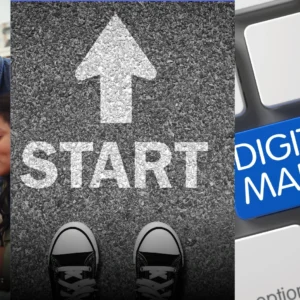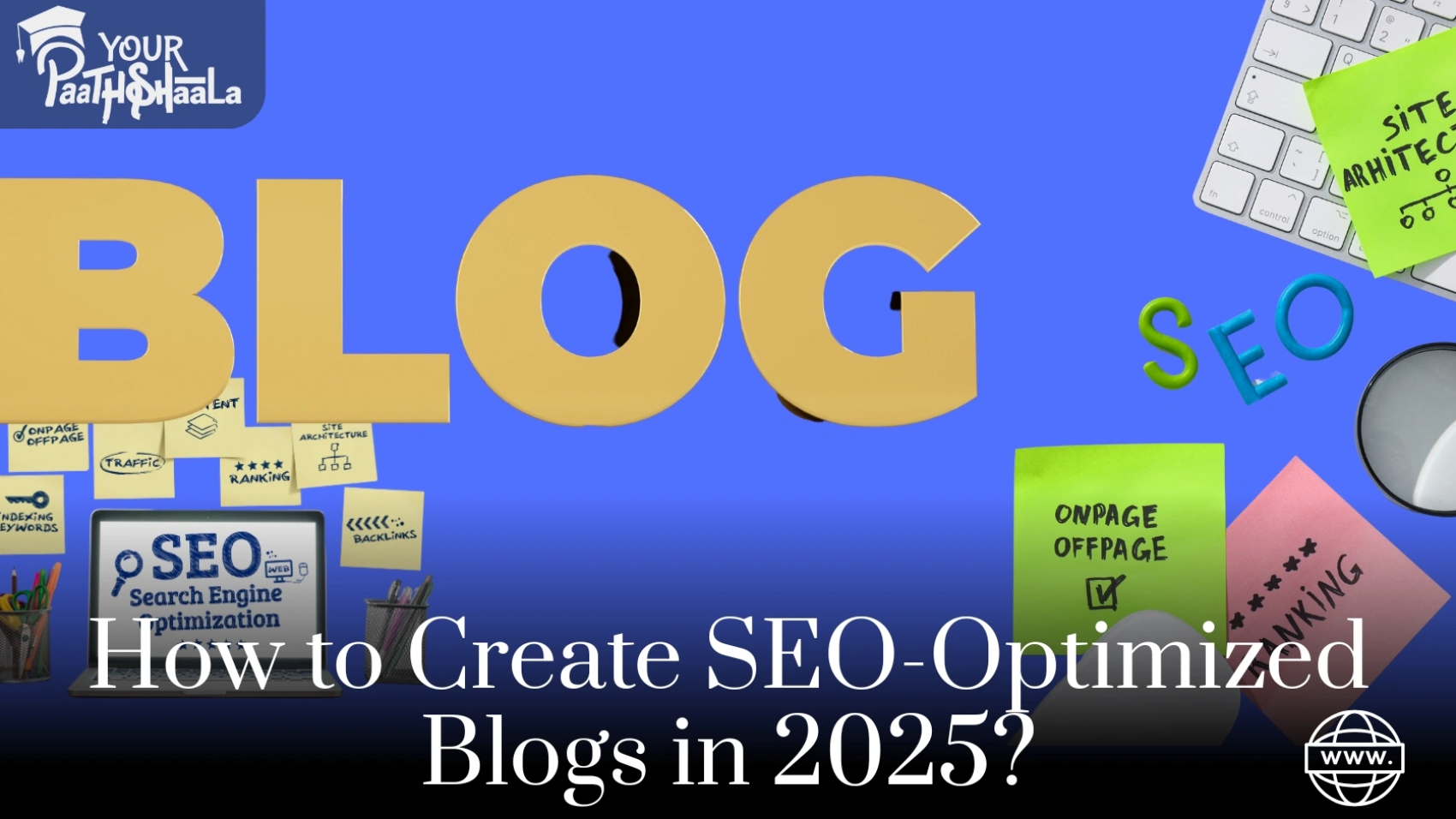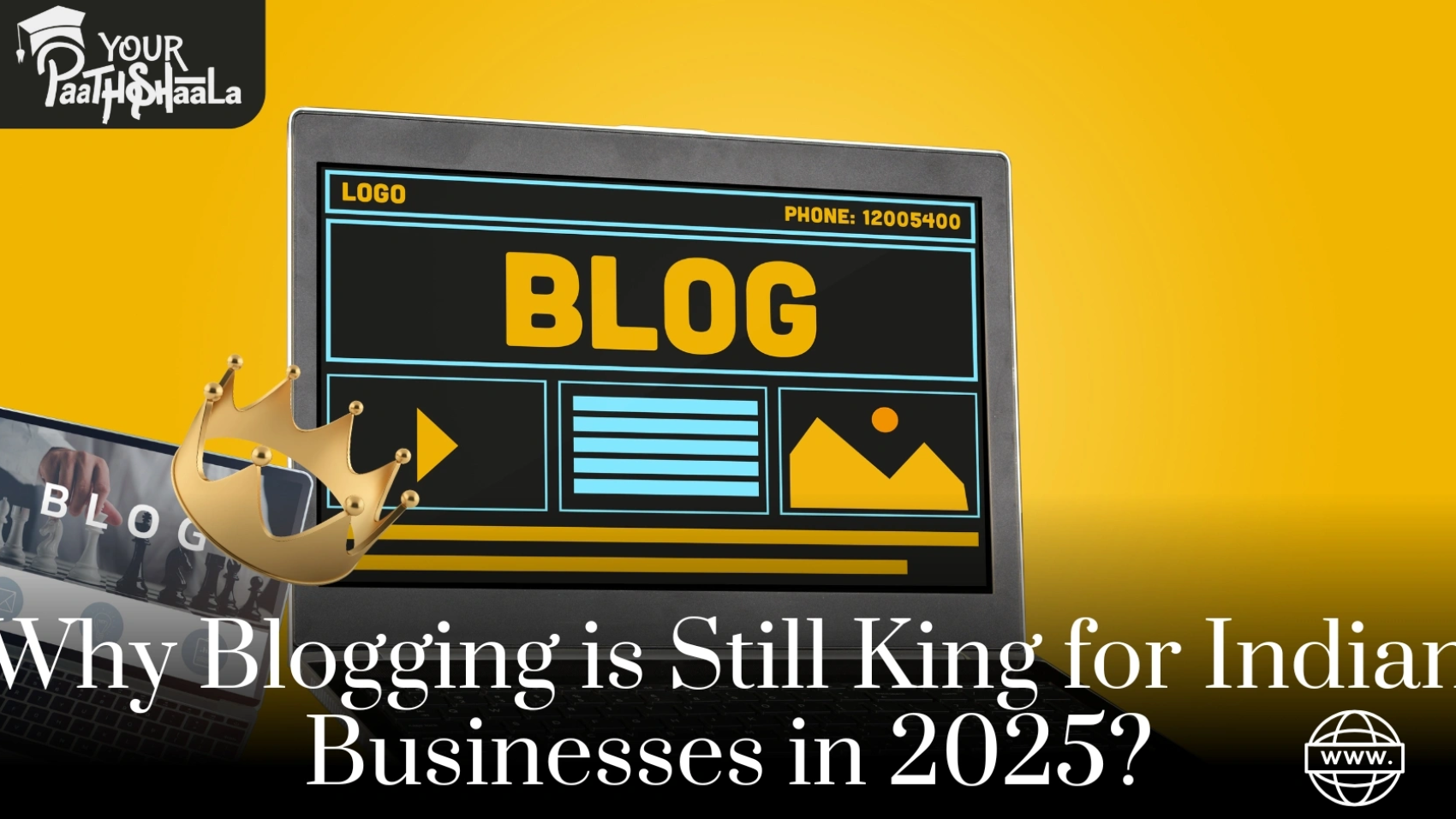Imagine working from a cozy café in Bengaluru, crafting social media campaigns for a Mumbai startup, all while setting your own hours. In 2025, with 750 million smartphone users fueling India’s $188 billion e-commerce market, freelancing in digital marketing offers flexibility, high earning potential, and endless opportunities. With 77% of India’s web traffic on mobile and a 41% growth rate in digital marketing, per Digital Vidya, freelancers can tap into a booming industry without a hefty investment.
Fortunately, starting a freelance digital marketing career is beginner-friendly and budget-friendly, even for those new to the field. By mastering key skills, building a portfolio, and leveraging India’s digital growth, you can thrive. This guide walks you through how to start freelancing in digital marketing in India in 2025, offering practical steps, India-specific strategies, real-world examples, and future trends. Whether you’re in Delhi or Kochi, let’s launch your freelance journey. Ready to be your own boss? Let’s dive in!
What Is Freelance Digital Marketing?
Freelance digital marketing involves offering online marketing services independently to businesses or clients, without being tied to one employer. Services include search engine optimization (SEO), social media management, content creation, and pay-per-click (PPC) advertising. In India, where businesses increasingly rely on digital platforms, freelancers help brands reach audiences through Google, Instagram, and WhatsApp. For example, a Chennai freelancer’s SEO campaign for a local restaurant boosted its “biryani near me” ranking, driving 200 monthly bookings, per WebEngage.
Freelancers enjoy flexibility, choosing projects and schedules that suit them. With India’s freelance market projected to hit $20–30 billion by 2025, per GoDaddy, this career path is both lucrative and accessible.
Why Freelance Digital Marketing Matters in India
In 2025, freelancing in digital marketing is a top career choice in India. Here’s why:
- High Demand: Over 40,000 digital marketing jobs are listed on LinkedIn, per Digital Scholar, with freelancers in demand for cost-effective expertise.
- Flexible Work: Work remotely, saving on commuting, with 80% of freelancers preferring this lifestyle, per Planable.
- High Earnings: Average annual earnings range from ₹1.8–₹7.2 lakhs, with top freelancers earning ₹12 lakhs, per Coursera.
- Mobile-First Market: Optimize for 77% mobile traffic, per Statista, to rank higher on Google.in.
- Low Entry Barriers: No formal degree needed; skills drive success, per Chegg India.
For instance, a Jaipur freelancer’s Instagram campaign for a handicraft store earned ₹50,000 in three months, showcasing the potential of freelancing.
Step-by-Step Guide to Start Freelancing in Digital Marketing
Follow these beginner-friendly steps to launch your freelance digital marketing career in India in 2025. Each step is tailored to India’s competitive, mobile-first market.
Step 1: Identify Your Niche
First, choose a digital marketing niche that aligns with your skills and market demand. Popular niches in India include:
- SEO: Optimize websites for Google.in, targeting keywords like “best smartphones India 2025,” per Kraftshala.
- Social Media Marketing: Manage Instagram or YouTube for brands, ideal for India’s 500 million social media users, per IndiaCSR.
- Content Marketing: Write blogs or create Reels, like “Diwali gift guides,” per your July 23, 2025 interest in short-form videos.
- PPC Advertising: Run Google Ads for e-commerce, boosting conversions, per Digital Vidya.
For example, a Pune freelancer specializing in SEO ranked a client’s site for “local bakery,” gaining 1,000 monthly visitors. A focused niche helps you stand out.
Tool: Google Keyword Planner (free) for niche research.
Step 2: Build Your Skills
Next, acquire the technical and soft skills needed to excel, even on a budget.
- Take Online Courses: Platforms like Coursera or Digital Scholar offer courses from ₹0–₹10,000, covering SEO and social media, per Coursera.
- Learn Free Resources: Watch YouTube tutorials or read Search Engine Journal for trends like AI-driven SEO, per your July 15, 2025 interest.
- Practice Hands-On: Create a mock campaign for a local business to gain experience, per Kraftshala.
- Get Certified: Earn Google Ads or Meta Blueprint certifications to boost credibility, per Digital Vidya.
For instance, a Kolkata freelancer completed a free Digital Scholar course, landing a ₹20,000 social media project. Skills are your foundation.
Tool: Digital Scholar (free course) for beginners.
Step 3: Create a Portfolio
Then, build a portfolio to showcase your expertise, even without paid clients.
- Start with Mock Projects: Optimize a friend’s blog or create sample Instagram posts, per Chegg India.
- Use Canva: Design case studies, like “How I Boosted Traffic by 30%,” per Kraftshala.
- Host Online: Create a free website on Wix or WordPress to display work, per Planable.
- Include Results: Highlight metrics, like “Increased Instagram engagement by 25%,” per WebEngage.
For example, a Delhi freelancer’s Wix portfolio showcasing SEO results landed a ₹30,000 project. A strong portfolio attracts clients.
Tool: Canva (free) for portfolio visuals.
Step 4: Establish a Personal Brand
Moreover, build a personal brand to stand out in India’s crowded freelance market.
- Create a Blog: Write about “SEO Tips for Indian Businesses,” per School of Digital Marketing.
- Use Social Media: Share insights on LinkedIn or X with hashtags like #IndiaSEO, per Sprout Social.
- Add a USP: Highlight unique skills, like “Hindi content specialist,” per Digital Scholar.
- Optimize for E-E-A-T: Add a bio with certifications to build trust, per your July 22, 2025 E-E-A-T interest.
For instance, a Mumbai freelancer’s LinkedIn posts on “Diwali Marketing Trends” earned a backlink from a tech blog, per your July 23, 2025 link-building interest. Branding builds credibility.
Tool: LinkedIn (free) for networking.
Step 5: Join Freelance Platforms
Next, sign up on freelance platforms to find clients quickly and affordably.
- Use Upwork/Fiverr: Create profiles highlighting niches like SEO or PPC, offering competitive rates, per Skydo.
- Try Local Platforms: Register on WorknHire or Truelancer for Indian clients, per Chegg India.
- Optimize Profiles: Include keywords like “freelance digital marketing India 2025” and client testimonials, per Kraftshala.
- Start Low: Charge ₹500–₹1,000 per project to build reviews, per Digital Vidya.
For example, a Surat freelancer’s Fiverr gig for “Instagram Ads” earned ₹15,000 in a month. Platforms connect you to clients fast.
Tool: Fiverr (free signup) for gigs.
Step 6: Network and Find Clients
Furthermore, network actively to secure projects and grow your client base.
- Attend Events: Join digital marketing meetups on Meetup or Eventbrite, per Kraftshala.
- Engage on X: Connect with Indian marketers like @BloggersIndia, per your July 23, 2025 link-building interest.
- Reach Local Businesses: Email cafes or startups in your city, offering free audits, per Planable.
- Leverage WhatsApp: Share services in regional business groups, earning 2,000 clicks, per Sprout Social.
For instance, a Hyderabad freelancer’s webinar networking led to a ₹25,000 SEO contract. Networking opens doors.
Tool: Meetup (free) for events.
Step 7: Set Rates and Contracts
Finally, establish clear pricing and contracts to ensure smooth operations.
- Start Competitive: Charge ₹500/hour for beginners, scaling to ₹2,000 with experience, per Coursera.
- Offer Packages: Create tiers, like “Basic SEO Audit: ₹5,000,” per Digital Hari.
- Use Contracts: Outline scope, deadlines, and UPI payment terms, per WsCube Tech.
- Track Income: Use free tools like Wave for invoicing, per GoDaddy.
For example, a Kochi freelancer’s clear contract for a “Pongal Campaign” ensured timely ₹10,000 payment. Transparency builds trust.
Tool: Wave (free) for invoicing.
Challenges and Solutions
Freelancing in digital marketing in India has hurdles, but these solutions help:
- High Competition: Many freelancers compete on platforms. Solution: Niche down and optimize profiles, per Skydo.
- Isolation: Solo work can feel lonely. Solution: Join online communities like Reddit’s r/SEO, per Planable.
- Low Initial Pay: Beginners earn less. Solution: Offer discounts to build a portfolio, per Digital Vidya.
- Cultural Relevance: Generic content fails. Solution: Localize with Hindi or Tamil, per BloggingQnA.
For instance, Hindi campaigns boost engagement by 20%, per BloggingQnA. Strategic planning overcomes challenges.
Future Trends for Freelancing in 2025
Looking ahead, digital marketing freelancing trends in India include:
- AI-Driven Content: Tools like Rytr speed up content creation, per your July 24, 2025 AI tools interest.
- Voice Search Optimization: Target 40% of voice searches, per BloggingQnA.
- Hyper-Local Strategies: Focus on Tier-II cities like Lucknow, per IndiaCSR.
- Video Content: Create Reels for 25% higher engagement, per Nestify.
- E-E-A-T Focus: Build trust with schema and bios, per Google.
By 2027, 70% of Indian freelancers will use AI tools, per Forbes. Staying ahead ensures success.
Getting Started with Freelance Digital Marketing
Ready to start freelancing in digital marketing in India? Here’s a quick recap:
- Identify Your Niche: Choose SEO, social media, or content marketing.
- Build Skills: Take free courses or earn certifications.
- Create a Portfolio: Showcase mock projects or case studies.
- Establish a Brand: Blog and post on LinkedIn or X.
- Join Platforms: Sign up on Fiverr or WorknHire.
- Network Actively: Attend events and engage online.
- Set Rates/Contracts: Start low and use clear agreements.
For example, a Kochi freelancer’s SEO gig for “sustainable seafood” earned ₹60,000 in three months. Start small, grow big!
Tip: Use Hostinger’s ₹134/month hosting with WordPress for a portfolio site, per your July 18, 2025 hosting interest. Disclosure: This post contains affiliate links; we may earn a commission from Hostinger.
Conclusion
In 2025, freelancing in digital marketing in India offers a path to reach 750 million smartphone users and tap into a $188 billion e-commerce market. With skills in SEO, social media, or content, you can earn ₹1.8–₹12 lakhs annually while working flexibly, per Coursera. Challenges like competition and low initial pay are manageable with niche focus and free tools. With AI, voice search, and hyper-local trends shaping the future, now’s the time to act. Start your freelance journey today and shine on Google.in. What’s your freelancing plan for 2025? Share below and let’s succeed together! At Bestdigitalmarketingcourseinraipur you will learn a lot about digtital marketing and related topics.

















